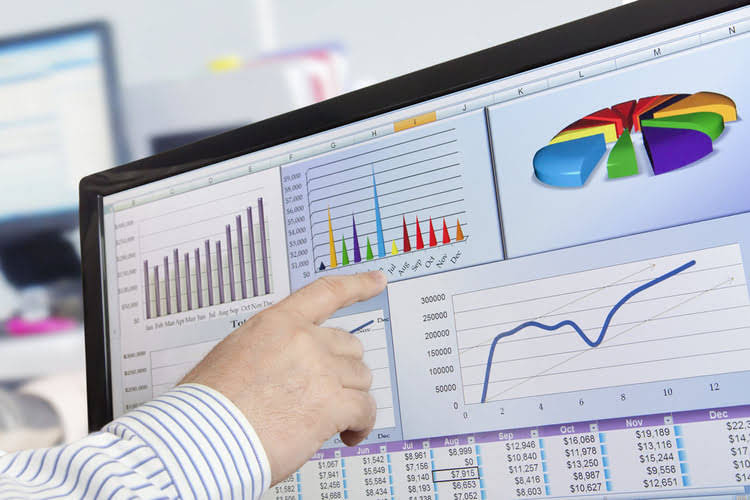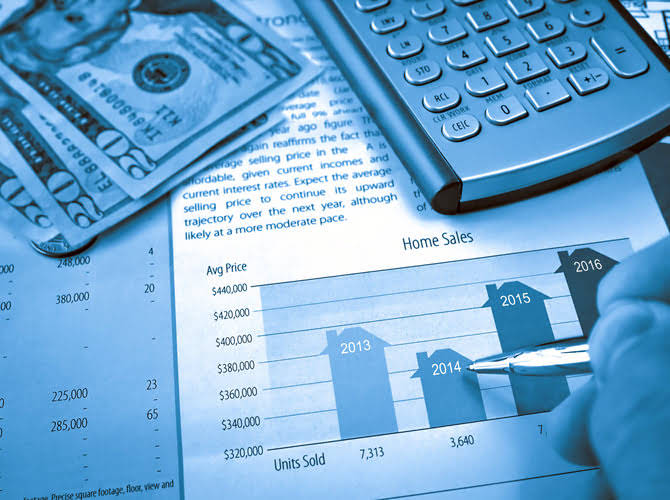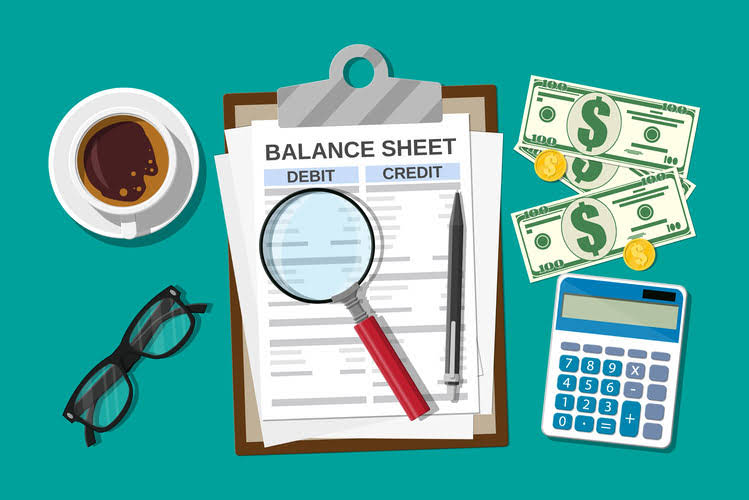
Salvage value is important in accounting as it displays the value of the asset on the organization’s books once it completely expenses the depreciation. It exhibits the value the company expects from selling the asset at the end of its useful life. With a large number of manufacturing businesses relying on their machinery for sustained productivity, it is imperative to keep assessing the equipment they own. Constant use and other factors like the nature and quality of these assets cause a continual deterioration. By integrating financial data and automating calculations, Deskera ERP ensures accuracy and consistency in determining salvage https://www.bookstime.com/ values across various asset categories.
Why Calculate After-Tax Salvage Value?

It includes equal depreciation expenses each year throughout the entire useful life until the entire asset is depreciated to its salvage value. Have your business accountant or bookkeeper select a depreciation method that makes the most sense for your allowable yearly deductions and most accurate salvage values. Many business owners don’t put too much thought into an asset’s salvage value. Map out the asset’s monthly or https://www.facebook.com/BooksTimeInc/ annual depreciation by creating a depreciation schedule. Let’s figure out how much you paid for the asset, including all depreciable costs. GAAP says to include sales tax and installation fees in an asset’s purchase price.

How to Use the Salvage Value Calculator
- In both methods, the salvage value plays a critical role in determining the annual depreciation expense.
- Therefore, the salvage value is simply the financial proceeds a company may expect to receive for an asset when it’s disposed of, though it may not factor in selling or disposal costs.
- From there, accountants have several options to calculate each year’s depreciation.
- No offer or sale of any Securities will occur without the delivery of confidential offering materials and related documents.
- In this way, the salvage value directly impacts the calculation of annual depreciation and, consequently, the financial and tax implications for the investor.
Most businesses opt for the straight-line method, which recognizes a uniform depreciation expense over the asset’s useful life. However, you may choose a depreciation method that roughly matches how the item loses value over time. The depreciation rate is influenced by the asset’s useful life, salvage value, and the method of depreciation chosen, such as the straight-line or double-declining balance method.

How to calculate and record depreciation with salvage value
Generating substantial revenues has proven challenging, resulting in heavy reliance on external funding to sustain operations. To bring the concept of salvage value to life, let’s consider a real-world example involving real estate, an alternative investment asset. B) Multiply the asset’s current book value by the depreciation rate each year. Be mindful that for assets with a low salvage value and high cost to dispose of, it is entirely possible to have a negative residual value. This means it will result in a liability for a company calculating salvage value to be rid of the asset at the end of its useful life. A strong example is assets that must adhere to regulatory disposal requirements to remove waste without environmental contamination.
- If a company wants to front-load depreciation expenses, it can use an accelerated depreciation method that deducts more depreciation expenses upfront.
- Furthermore, salvage value also aids in strategic decision-making related to the potential sale of depreciated assets for parts.
- A business owner should ignore salvage value when the business itself has a short life expectancy, the asset will last less than one year, or it will have an expected salvage value of zero.
- This information contained herein is qualified by and subject to more detailed information in the applicable offering materials.
- Salvage value is the amount a company can expect to receive for an asset at the end of the asset’s useful life.
- The salvage value is considered the resale price of an asset at the end of its useful life.
The Importance of Asset Revaluation in Manufacturing
Both declining balance and DDB require a company to set an initial salvage value to determine the depreciable amount. A business owner should ignore salvage value when the business itself has a short life expectancy, the asset will last less than one year, or it will have an expected salvage value of zero. If a business estimates that an asset’s salvage value will be minimal at the end of its life, it can depreciate the asset to $0 with no salvage value. If your business owns any equipment, vehicles, tools, hardware, buildings, or machinery—those are all depreciable assets that sell for salvage value to recover cost and save money on taxes. You must remain consistent with like assets; if you have two fridges, they can’t be on different depreciation methods. Be careful not to consider a similar asset’s asking price since, in most used-asset markets, things will sell below their asking price.

To calculate yearly amortization for accounting purposes, the owner needs the software’s residual value, or what it is worth at the end of the five years. If you lease a car for three years, its residual value is how much it is worth after three years. The residual value is determined by the bank that issues the lease, and it is based on past models and future predictions. Along with interest rate and tax, the residual value is an important factor in determining the car’s monthly lease payments. Salvage value is a commonly used, if not often discussed, method of determining the value of an item or a company as a whole.
Find the depreciable value
- You know you’ve correctly calculated annual straight-line depreciation when the asset’s ending value is the salvage value.
- Explore beyond stocks and bonds to achieve potentially higher returns and diversification with the Yieldstreet Alternative Income Fund.
- The asset’s useful life is also given, i.e., 20 years, and the depreciation rate is also provided, i.e., 20%.
- Depreciation expense is then calculated per year based on the number of units produced.
- The condition of the asset is an essential factor in determining its salvage value.
60% depreciation is reported over 6 years and salvage value is 40% of the initial cost of the car. Depreciation is an essential measurement because it is frequently tax-deductible. The company pays $250,000 for eight commuter vans it will use to deliver goods across town. If the company estimates that the entire fleet would be worthless at the end of its useful life, the salvage value would be $0, and the company would depreciate the full $250,000. Companies can also use comparable data with existing assets they owned, especially if these assets are normally used during the course of business.
How to Calculate Salvage Value?
In addition, the cost to dispose of the asset may become more expensive over time due to government regulation or inflation. The difficulty in calculating residual value lies in the fact that both the salvage value and the cost to dispose of the asset may not truly be known until disposition. Depreciation measures an asset’s gradual loss of value over its useful life, measuring how much of the asset’s initial value has eroded over time. For tax purposes, depreciation is an important measurement because it is frequently tax-deductible, and major corporations use it to the fullest extent each year when determining tax liability.
A salvage value of zero is reasonable since it is assumed that the asset will no longer be useful at the point when the depreciation expense ends. Even if the company receives a small amount, it may be offset by costs of removing and disposing of the asset. Additionally, consider the example of a business owner whose desk has a useful life of seven years. How much the desk is worth at the end of seven years (its fair market value as determined by agreement or appraisal) is its residual value, also known as salvage value. This information is helpful to management to know how much cash flow it may receive if it were to sell the desk at the end of its useful life. Management must periodically reevaluate the estimated value of the asset as asset deterioration, obsolescence, or changes in market preference may reduce the salvage value.
